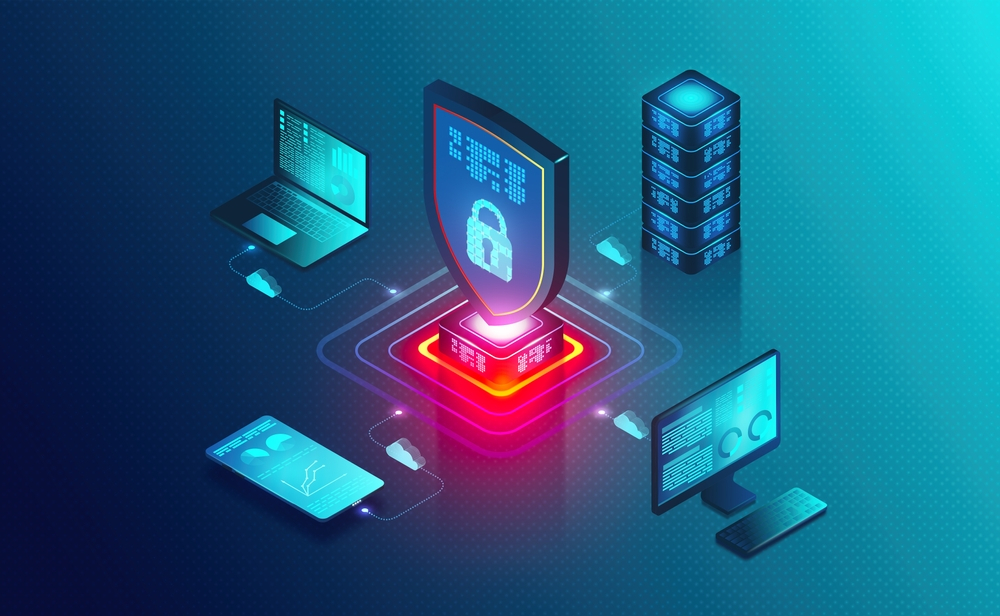Overview
In today’s networked world, where data is an essential component of personal as well as professional activities, robust network security measures are necessary. Given the concerning pace at which cyber threats are expanding, it is essential to adopt a proactive approach to effectively identify and address vulnerabilities. This comprehensive guide will explore advanced strategies for testing and fortifying your network security, ensuring a resilient defense against the ever-changing landscape of cyber threats.
Foundations: Regular Vulnerability Assessments
Regular vulnerability assessments form the bedrock of any effective network security strategy. Employing cutting-edge tools and scanners, organizations can systematically identify potential weaknesses in their network infrastructure, applications, and devices. By conducting these assessments at regular intervals, security teams gain valuable insights into the evolving threat landscape, enabling them to prioritize and remediate high-risk vulnerabilities promptly.
Real-World Simulation: The Power of Penetration Testing
While vulnerability assessments provide a snapshot of potential weaknesses, penetration testing takes security to the next level by simulating real-world cyberattacks. Engage certified ethical hackers to emulate the tactics of malicious actors, offering a comprehensive evaluation of your security posture. This dynamic testing approach allows organizations to discover and rectify vulnerabilities before they can be exploited, ensuring a proactive defense against sophisticated threats.
Continuous Monitoring: Identifying Anomalies in Real Time
Constantly monitoring network traffic for unusual patterns and anomalies is critical for early threat detection. Putting Intrusion Detection and Prevention Systems (IDPS) into place gives enterprises the ability to quickly recognize and address suspicious activity. Analyzing network logs and employing advanced threat detection tools help security teams recognize potential security breaches before they escalate, minimizing the impact on the organization.
Patch Management: Fortifying the Weakest Links
Outdated software and unpatched systems are fertile grounds for security breaches. Create a strong patch management procedure to guarantee that all devices, apps, and systems have the most recent security fixes installed. By addressing known vulnerabilities promptly, organizations can significantly reduce the risk of exploitation and enhance the overall resilience of their network infrastructure.
Human Element: Employee Awareness and Training
Acknowledging the human factor in network security, organizations must invest in educating employees about cybersecurity best practices. Training sessions on recognizing phishing scams, using strong passwords, and understanding social engineering tactics are essential. A well-informed workforce serves as an additional layer of defense, contributing to a collective effort to thwart potential cyber threats.
Network Divide: Isolation and Containment
One preventative step to lessen the possible consequences of a security compromise is to split the network. Network segmentation, coupled with robust access controls and firewalls between segments, enhances security by isolating malicious activities. This strategy prevents lateral movement by attackers, confining their reach and minimizing the overall impact on the organization.

Incident Response: Preparing for the Worst-Case Scenario
Testing incident response plans is crucial for organizations aiming to minimize the impact of security incidents. Simulating various cyberattacks allows teams to evaluate their ability to detect, respond, and recover effectively. Regular testing ensures that every team member is familiar with their role during a security incident, facilitating a coordinated and efficient response that mitigates downtime and potential damage.
Data Protection: Encryption for Confidentiality
Implementing encryption protocols is essential for safeguarding sensitive data. Encryption guarantees that data remains unreadable even in the event of illegal access, both during transmission and storage. Utilize strong encryption algorithms and implement secure key management practices to create an additional layer of defense against data breaches, preserving the confidentiality of critical information.
In conclusion
It takes continuous attention to detail and a proactive approach to build and maintain a safe network. By integrating regular vulnerability assessments, penetration testing, employee training, and other advanced strategies, organizations can significantly enhance their network security measures. In an era where data is a prime target for cybercriminals, investing in a comprehensive and dynamic defense strategy not only protects sensitive information but also fosters trust with stakeholders. Stay informed, stay vigilant, and fortify your digital fortress against the ever-evolving challenges of cybersecurity.







